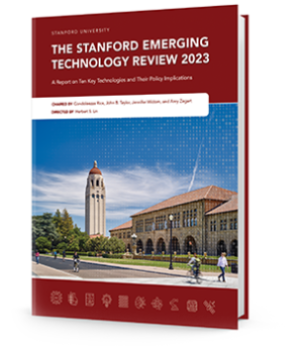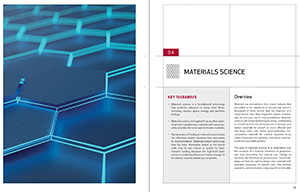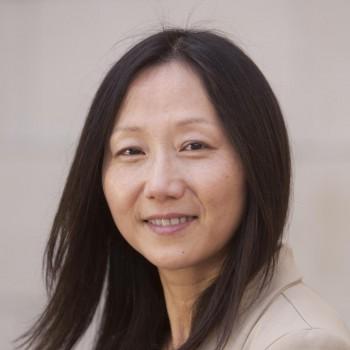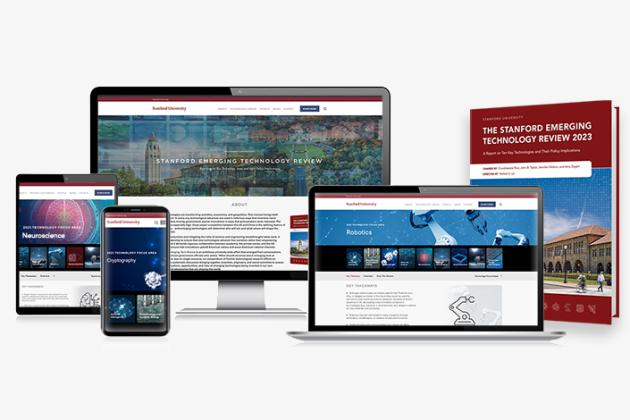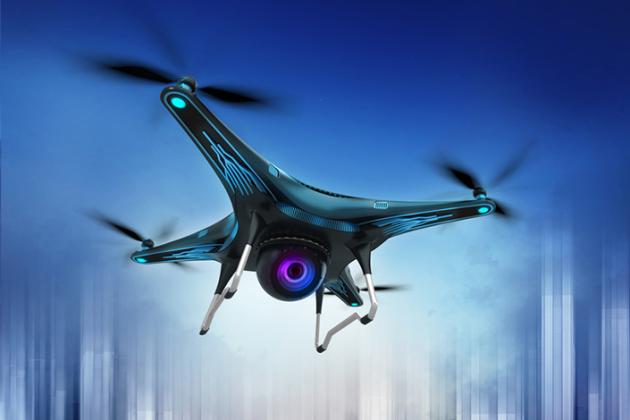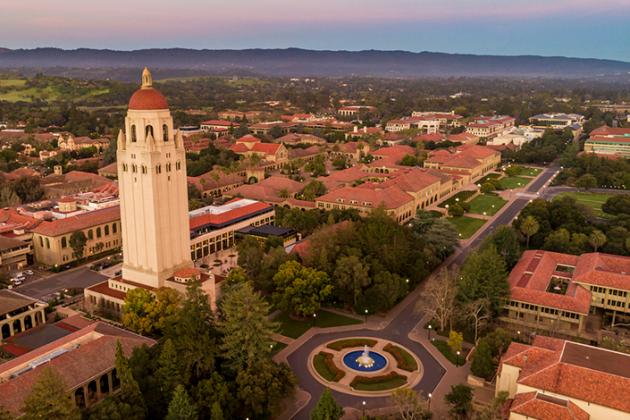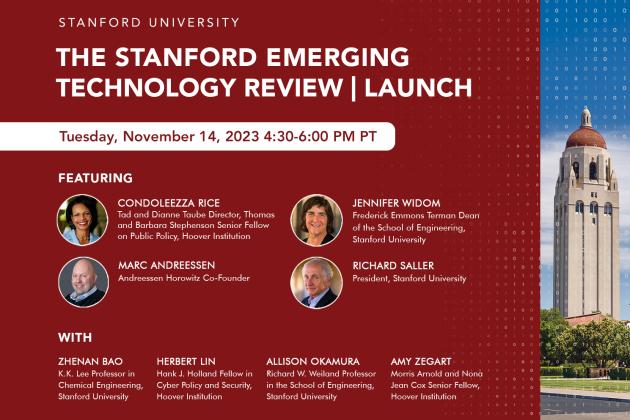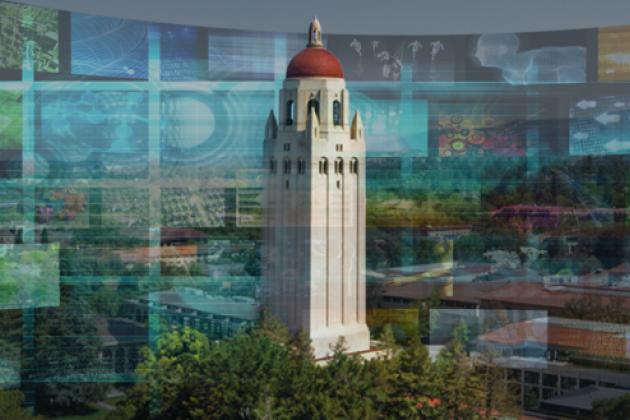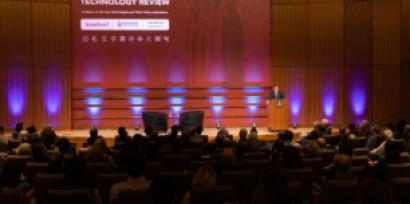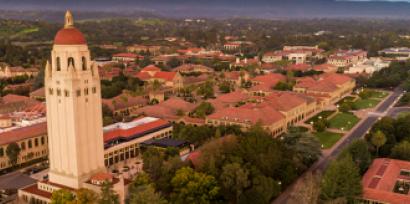Overview
Broadly speaking, materials science and engineering research focuses on four major areas. The first is characterizing the properties of materials to derive a material structure-property relationship. The second is modeling materials, which involves predicting material properties based on atomistic principles. The third is establishing synthesis methods of materials to attain specific properties as predicted. The fourth area is manufacturing and processing materials with well-characterized properties in sufficient quantities for practical applications.
An aspiration, which remains a long way off, is to be able to create materials on demand by specification—put in a request for a material with properties X, Y and Z, and a 3-D printer produces it for you.
KEY DEVELOPMENTS
- Biomedical applications include wearable electronic devices, or “e-skin,” that can sense stimuli and encode these stimuli into processable electrical signals.
- Novel, recyclable plastics are easier to break down.
- More efficient, powerful, and long-lasting batteries are crucial for solar and wind energy storage and for transportation.
- Additive manufacturing, continued scale-up of 3-D printing, including with novel applications such as printing with multiple materials at once, and smaller feature sizes are on tap.
- Nanotechnology studies how properties of nanoscale materials—including their electronic, optical, magnetic, thermal, and mechanical properties—differ from the same materials in bulk form.
- Quantum dots are spherical nanocrystals that emit light and are newly used in television displays. They are a model example of variable material properties due to scale as their optoelectronic properties differ from those of the same bulk material. They can be used in medical imaging, solar cells, chemical and biological detection sensors, and anticounterfeiting measures.
- Drug delivery via injection can be precisely controlled over the course of months by embedding the drug within a nanoengineered material. The efficacy of insulin, for example, can be improved through this research.
- Vaccine stabilization by lipid nanoparticle vectors, notably of mRNA vaccines, can protect payloads from degradation.
- 2-D semiconductors, including graphene, carbon nanotubes, and single-layer chalcogenides, could be embedded within high-tech electronic devices to increase energy efficiency.










